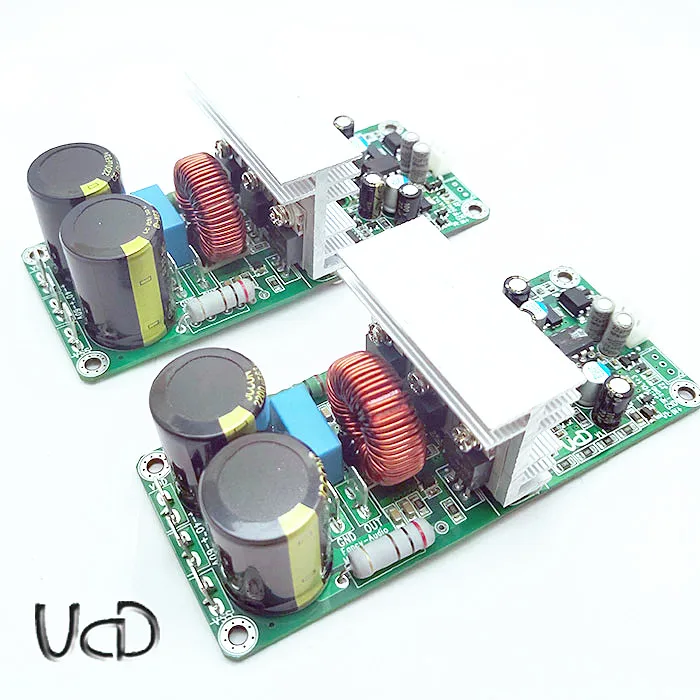- Thread Starter
- #41
THD distortion plot vs. power for 4ohm, 6.8ohm and 8ohm resistive load. Not that it is very important, however it is interesting to see the nonlinearity change with load. It seems that it is the output voltage that is important (8ohm load needs 1.414x more voltage to get same power as 4ohm load). The 8ohm plot ends at 90W only for the reason that I did not use enough input voltage in the amplitude step. Again to mention, the maximum achievable power is influenced by my 100VA transformer used.



